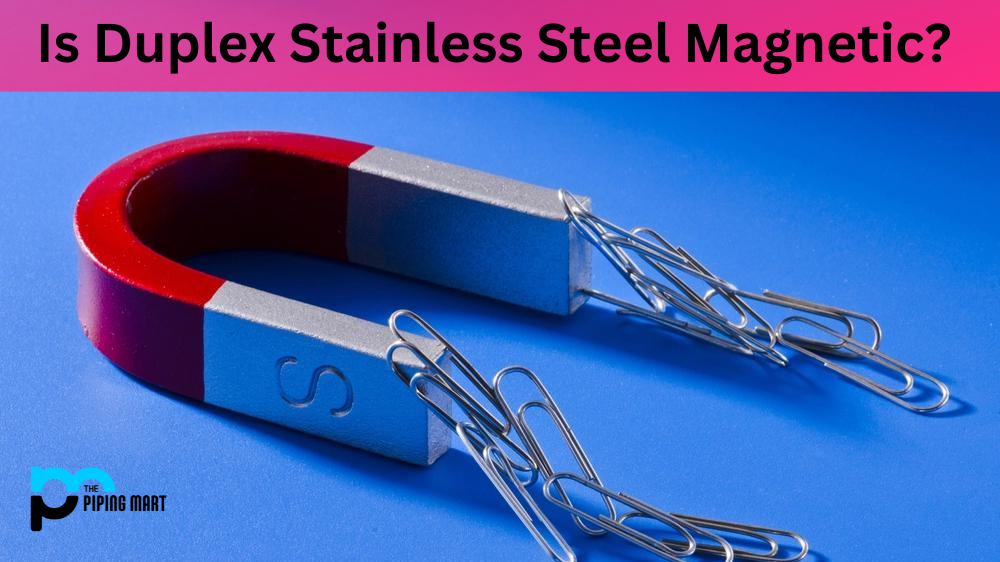Welding cast iron can seem daunting, but with the right tools and techniques, it’s easy to do. Whether you’re a professional or just starting out in welding, this guide will help you learn how to successfully weld cast iron.
Know Your Welder Settings Before you begin welding, make sure you know your welder settings for cast iron. The amperage should be set at 150-200 amps, the voltage should be between 18-24 volts, and the wire speed should be between 30 and 35 inches per minute. With these settings in mind, you’ll be able to get started on your project quickly and safely.
Choose the Right Electrode
When selecting an electrode for your project, there are a few things to consider. First of all, what type of metal are you welding? Different metals require different electrodes – so make sure that you select the right one for your project. Additionally, make sure that the electrode is compatible with your welder and that it’s rated for your specific application. Once you have chosen the right electrode for your project, it’s time to start welding!
Clean Your Metal Before Welding
To ensure a successful weld, and it’s important to clean the metal before beginning your project. Start by removing any debris from the surface of the metal using a wire brush or grinding wheel. This will remove any impurities that may interfere with the welding process. Additionally, make sure that any rust or scale is completely removed from both pieces of metal before attempting to weld them together. Now that everything is clean and prepped, you can begin welding!
Procedure to weld Cast Iron
- Cast iron welding is a process that can be used to join two pieces of cast iron together.
- The first step in cast iron welding is to clean the surfaces of the two pieces of cast iron that are to be joined. This can be done with a wire brush or sandpaper.
- Next, the two pieces of cast iron are placed next to each other and clamped together.
- Once the two pieces of cast iron are clamped together, an arc welder is used for welding them together.
- After the two pieces of cast iron have been welded together, they are allowed to cool before being removed from the clamp.
Best Way To Weld Cast Iron
Cast iron welding is a daunting task to take on, requiring patience and precision. However, there are some techniques that can ensure success when it comes to welding cast iron components. The key is to use preheat with an oxy-acetylene torch before attempting the weld. This eliminates heat-involved cracks and warping of the cast iron – without preheat, such issues are increasingly likely. Low hydrogen rods should be used for welding cast iron due to their hard-wearing properties in order to produce strong bonds that are less prone to cracking. Make sure the material is completely dry before you start welding as any moisture will create minute explosions while melting that can damage the molten metal and weaken the joint. Finally, use a good flux to eliminate contaminants from getting in at the weld area, resulting in a much stronger bond overall.
Use the Right Equipment
The first step to successfully welding cast iron is to use the right equipment. You will need an oxy-acetylene torch with the correct tips, as well as a welder that is capable of welding cast iron.
Prepare the Surface
Before you begin welding, it is important to prepare the surface of the cast iron. This can be done by cleaning the area with a wire brush or sandpaper. If there are any cracks or holes in the cast iron, they should be filled with a welding rod before you begin welding.
Heat the Area
Once the surface of the cast iron is prepared, you can begin heating the area that you will be welding. It is important to heat the area evenly so that the weld will be strong. You should heat the area until it is glowing red.
Begin Welding
Once the area is heated, you can begin welding. It is important to weld slowly and evenly so that the weld will be strong. If you are not experienced in welding, it may be helpful to practice on a piece of scrap metal before attempting to weld cast iron.
Cool Slowly
After you have finished welding, it is important to cool the area slowly so that the weld will be strong. You can do this by submerging the area in water or using a cooling fan.
Conclusion:
Welding cast iron can seem intimidating at first, but with some practice and preparation, it is possible to achieve great results! By following our guide on how to weld cast iron, you can ensure that each weld is successful while staying safe throughout the process. Remember to always use safety equipment when welding and only attempt this with proper training! Good luck with your next welding project!

Pipingmart is a B2B portal that specializes in metal, industrial and piping items. Additionally, we share the latest information and information about materials, products and various types of grades to assist businesses that are involved in this business.




